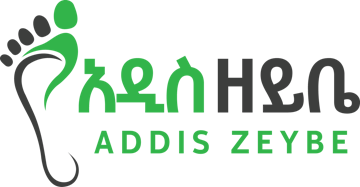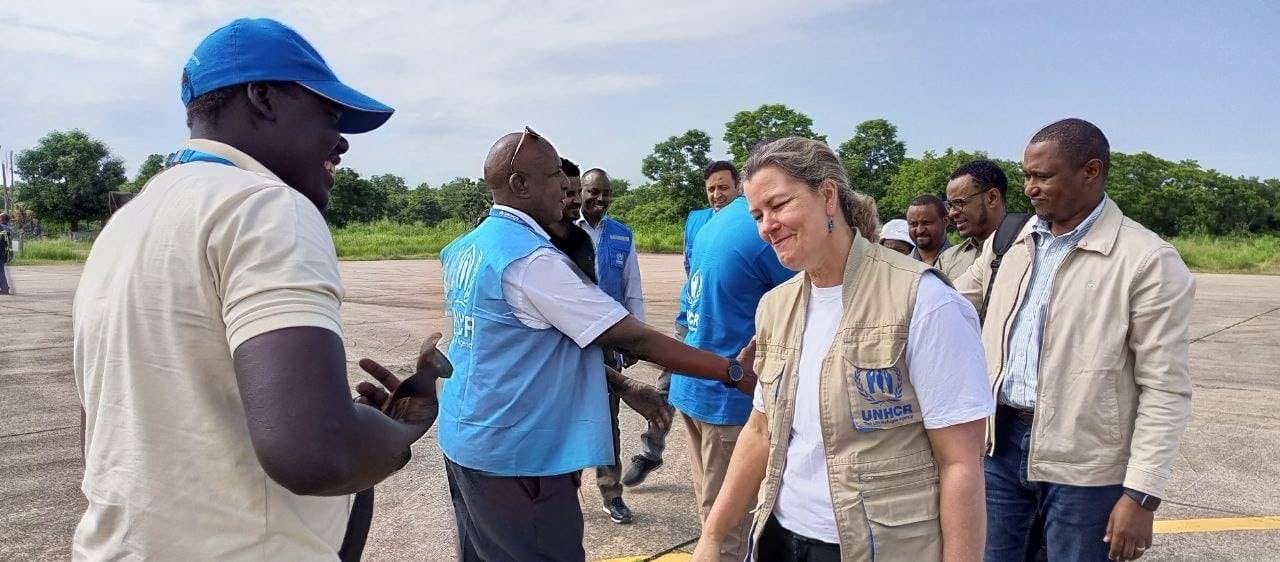Gambella, Ethiopia - Recent reports from the Gambella region in Ethiopia shed light on the alleged inaction of the Ethiopian government regarding the atrocities committed by South Sudanese refugees on the indigenous Anywaa people. Locals claim that the government's silence and failure to intervene indicate a deliberate attempt to utilize the Nuer refugees to eradicate the Anywaa community from Gambella.
According to the indigenous population, this strategy mirrors a failed attempt during the rule of the Tigray People's Liberation Front (TPLF) government, which allowed the perpetration of the Anywaa genocide on December 13, 2003. Over the past month, Anywaa communities in Pinyudo, Dimma, Itang, and Gambella towns have reportedly suffered crimes, brutal atrocities, deaths, displacements, and the destruction of multiple Anywaa kebeles in the Itang District. These incidents have occurred despite many Federal Police and Ethiopian National Defense Forces (ENDF) in the Gambella region.
Witnesses have observed South Sudanese Nuers crossing borders and committing violent acts against local farmers, women, and children, resulting in their displacement from ancestral villages. Shockingly, the Nuer refugees openly wield heavy and light weapons, inflicting terror and death upon the local population, while the government fails to intervene effectively. The people of Gambella have repeatedly called upon the Ethiopian government and the United Nations High Commissioner for Refugees (UNHCR) to address the South Sudanese refugee issue in Gambella, but their pleas have been ignored.
The situation has significantly deteriorated recently, with reports of killings and shootings targeting civilians. Two weeks ago, a group of refugees in Pignudo camp blocked the road from Pignudo to Gambella, preventing a vehicle belonging to the Guinea Worm Eradication Program from passing. They forcibly removed an Anywaa staff member from the vehicle and brutally murdered him using spears. They released the Highlander driver after subjecting him to a beating. In another incident near the Pignudo camp, two young men who earned a living selling construction wood were found dead, tied to a tree with visible bruises and gunshot wounds. Additionally, the lifeless body of a 14-year-old Anywaa boy was discovered in Pignudo. Just last week, an armed Nuer group opened fire on a man and his wife in their home, killing the husband and leaving the wife injured, leading to the eventual amputation of her arm.
The Anywaa community has been living under an existential threat for the past 67 years, as the Gambella region has been exploited by South Sudanese rebels labeled as "refugees" by the Ethiopian government. These rebels have used humanitarian assistance to aid vulnerable women and children in the camps. Presently, the Anywaa people in Pignudo, Itang, Dimma, and Gambella face ongoing threats from former armed soldiers of Riek Machar, the First Vice President of South Sudan. The people of Gambella demand answers from the UNHCR and the Ethiopian government regarding several critical questions:
- Does the refugee program grant refugees permission to kill indigenous communities in various regions of Ethiopia?
- Are refugees allowed to bear arms in regions other than Gambella?
- Is the Ethiopian government neglecting the heinous deaths of its citizens at the hands of refugees without taking severe measures or providing genuine responses and protection for the victims?
- Does international law permit the number of refugees in an area to exceed the local population?
The people of Gambella seek answers to these questions to understand better why they are being targeted and continuously killed on their land. The international community must be made aware of the roles played by the UNHCR and the Ethiopian government in eradicating the indigenous Anywaa community. With nowhere else to go and no other home to seek refuge, the Anywaa people demand clarity from the Ethiopian government and the UNHCR regarding their existence in this part of Ethiopia. The government should prioritize the lives of its citizens over any benefits received. It is hypocritical to claim care for refugees and human rights while turning a blind eye to the suffering inflicted on the local population by refugees.
The Anywaa people have no monetary resources to offer the government of Ethiopia, unlike the UNHCR. Still, their human rights should not be violated, and powerful international organizations should not silence their voices.
The recent visit of Kelly Clements, Deputy Commissioner of the United Nations High Commissioner for Refugees, to Gambella on July 5, 2023, did not address the root causes of insecurity and atrocities in the region. Instead, it seemed to emphasize the safety and protection of the refugees while the local communities continued to bear the brunt of refugee-perpetrated atrocities without government protection. This situation tragically highlights how little regard is shown for the lives of the indigenous people.
The refugees in Gambella receive adequate protection from the Administration for Refugee and Returnee Affairs (ARRA), an organization that empowers and allows refugees to possess weapons in their camps, enabling them to terrorize and kill local people. The ARRA organization functions as a defense mechanism, providing a safe haven for perpetrators who can commit crimes without facing the consequences. This cycle of protection must come to an end.
The Anywaa people in Pignudo, Dimma, Itang, and Gambella towns have the natural and democratic rights to live and raise their children peacefully without fear. Consequently, they urge the UNHCR and the Ethiopian government to either repatriate or relocate the over 485,500 South Sudanese refugees currently residing in Gambella. It is unacceptable to have such an overwhelming number of refugees that exceeds the entire local population of Gambella.
The people of Gambella reiterate that they are not against refugees seeking safety. They believe civilians fleeing atrocities and wars in their home country should find refuge in any host nation. However, the majority of refugees hosted by the Anywaa people over the past six decades were not civilians or vulnerable individuals. They were rebel forces fighting for independence, using Gambella as their base of operations. Sadly, history appears to be repeating itself, as many Nuer refugees settling in Pignudo, Itang, and Gambella camps are former soldiers of Riek Machar who have not returned to South Sudan. These refugees are the primary source of insecurity in the Gambella region and the perpetrators behind the ongoing killings of Anywaa civilians.
The Anywaa people's request is straightforward: all South Sudanese individuals in Pignudo, Itang, Gambella town, and Dimma should be relocated to other regions in Ethiopia or repatriated back to South Sudan. With the war in South Sudan concluded and Riek Machar returned to his country, the rationale for keeping refugees in Gambella, apart from financial benefits for organizations such as the UNHCR and the Ethiopian government, remains unclear. Returning these refugees to their fertile lands in South Sudan would enable them to sustain themselves.


